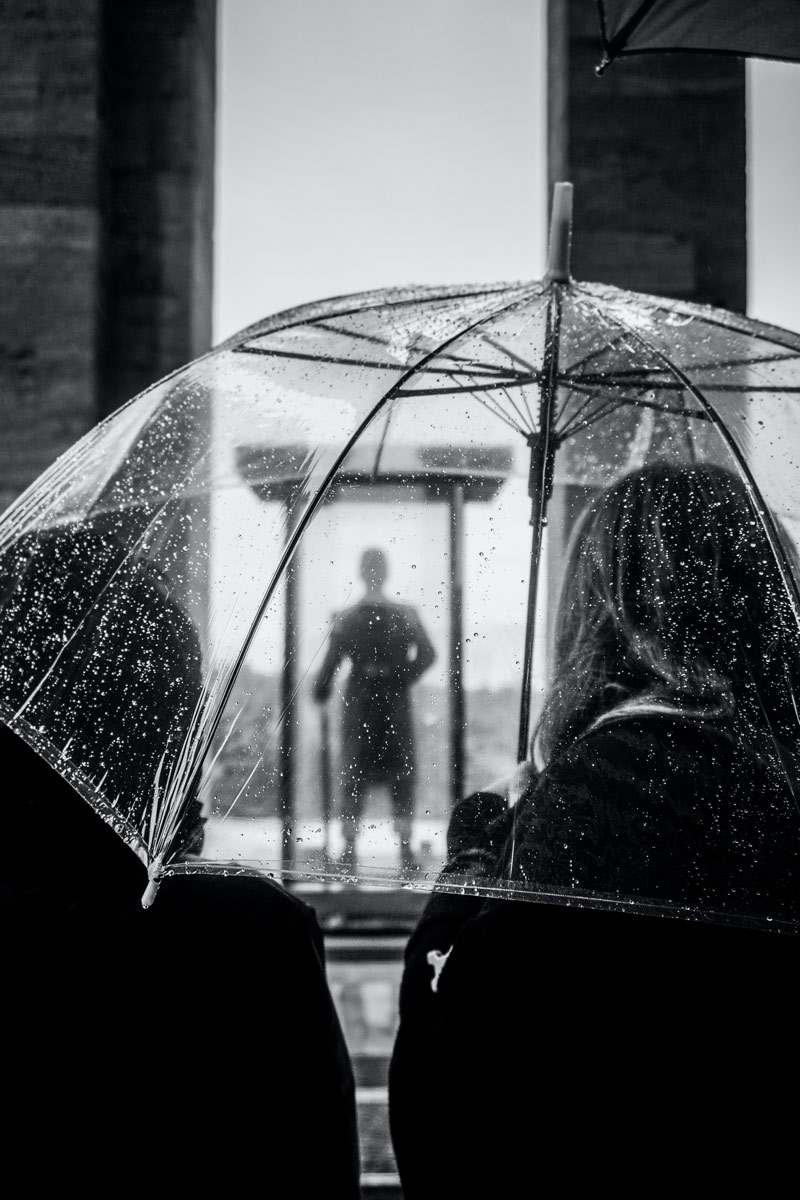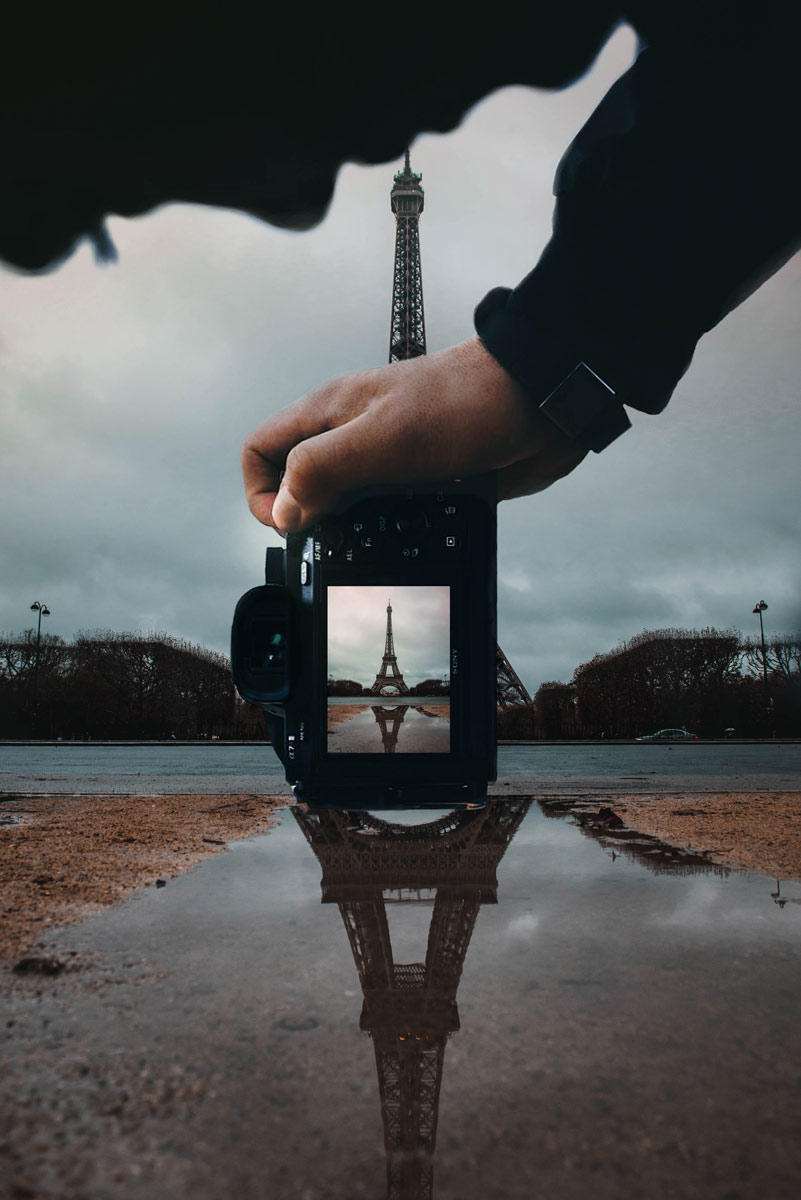Symbolism and metaphor in conceptual photography
Symbolism and metaphor play a crucial role in conceptual photography, as they allow photographers to convey abstract ideas and emotions in a visually compelling manner. By using objects, elements, or compositions that represent or allude to specific concepts, photographers can evoke deeper meanings and engage viewers in a thought-provoking experience. Let’s explore how symbolism and metaphor are utilized in conceptual photography.

Object Symbolism
Photographers often use objects as symbolic representations of ideas or emotions. These objects may have cultural or universal connotations that viewers can easily recognize and relate to. For example, a wilted flower can symbolize the passage of time, fragility, or the transient nature of life.
Metaphorical Compositions
Conceptual photographers often create compositions that metaphorically express their ideas. They arrange elements in a way that suggests a concept or feeling without explicitly stating it. For instance, a photograph depicting a solitary figure walking away from a group can symbolize independence, breaking free from conformity, or the journey of self-discovery.
Visual Juxtaposition
By combining contrasting elements, photographers can create visual juxtapositions that convey powerful messages. This technique involves placing unrelated objects or ideas side by side to create tension, irony, or commentary. For example, juxtaposing a child’s toy with a symbol of war can highlight the innocence lost in times of conflict.
Manipulating Light and Shadows
You can use light and shadows metaphorically to enhance the symbolic meaning of an image. Soft, diffused light can convey tranquility, while harsh, dramatic lighting can evoke intensity or struggle. Shadows can represent hidden truths, secrets, or the unknown.
Color Symbolism
Colors have inherent symbolic meanings that you might use to evoke specific emotions or concepts. Warm colors like red and orange often represent passion, energy, or danger, while cool colors like blue and green can symbolize tranquility, growth, or hope. By carefully selecting and manipulating colors, photographers can enhance the symbolic impact of their images.
[mc4wp_form id=”20969″]
Contextual Symbolism
The environment and context where you take photographs can also contribute to its symbolic meaning. By choosing specific locations or incorporating elements from the surroundings, photographers can add layers of symbolism and contextual relevance to their images. For example, capturing a person standing in front of a crumbling building may symbolize the decay of institutions or the passage of time.
Symbolism and metaphor in conceptual photography allow artists to transcend the literal representation of objects and scenes, enabling them to communicate complex ideas and emotions with depth and subtlety. The interpretation of these symbols and metaphors can vary from viewer to viewer, encouraging personal reflection and sparking meaningful discussions. Conceptual photographers harness the power of symbolism and metaphor to invite viewers into a world of imagination and contemplation, where multiple layers of meaning can be discovered and explored.



It is a lovely article. if you give us some assignments, that will be very much appreciated. Thank you in advance.